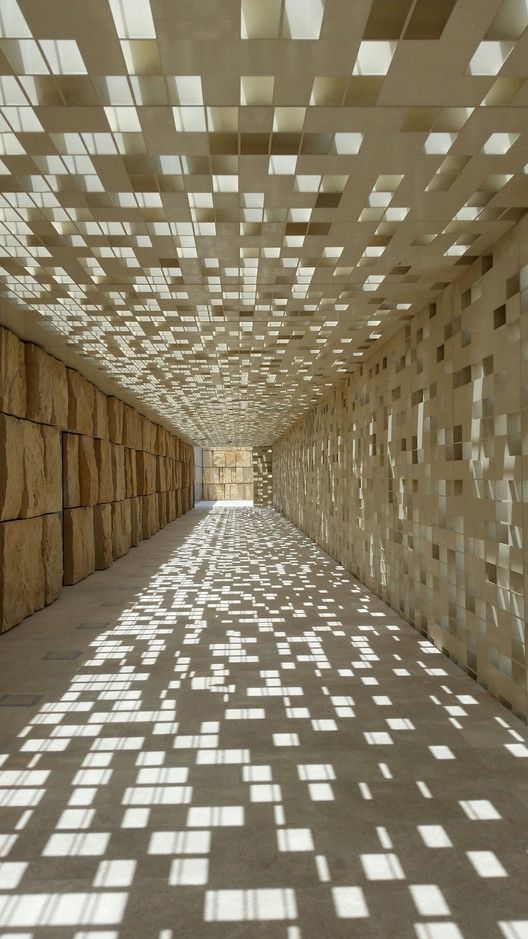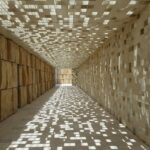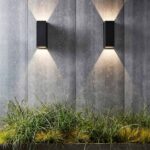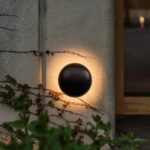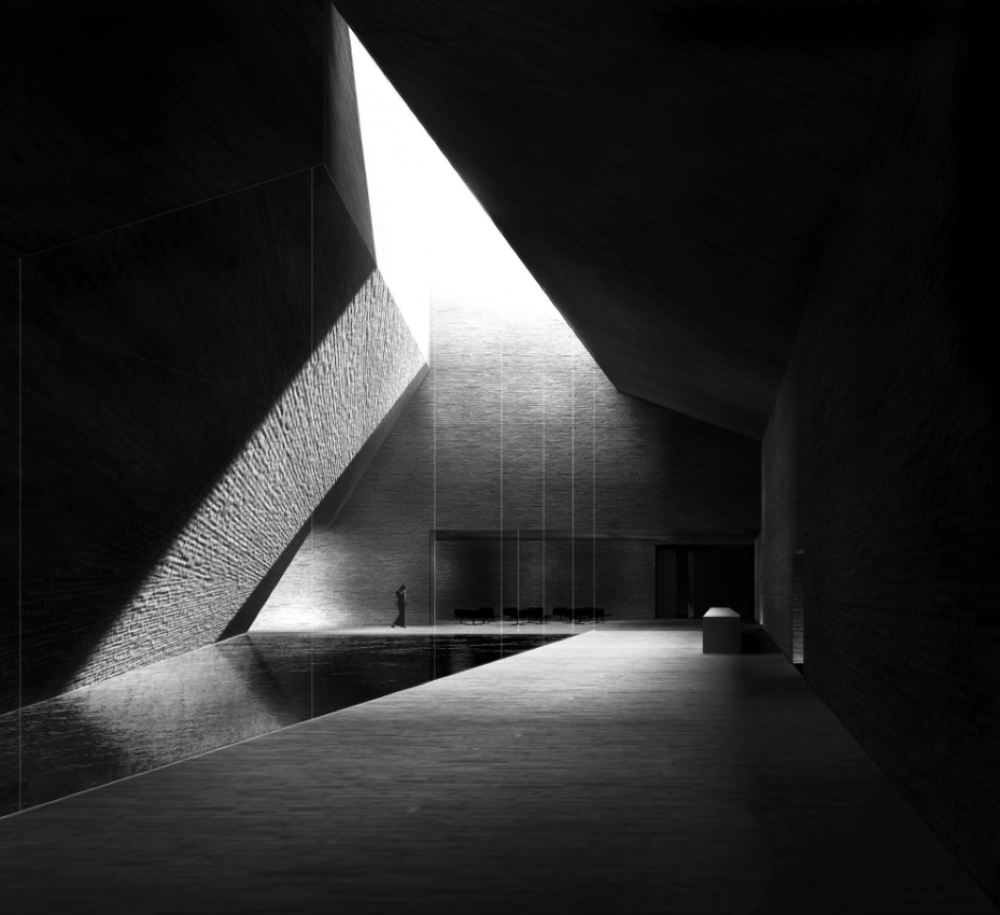
Architectural lighting is a crucial element in the design of any space, as it not only illuminates the physical environment but also enhances its aesthetic appeal. It involves the strategic placement of lighting fixtures to create a specific ambiance, highlight architectural features, and provide functionality. Architectural lighting can be used to draw attention to certain areas, create focal points, and improve the overall atmosphere of a room. It is essential in both interior and exterior spaces, as it can impact the mood, productivity, and safety of individuals within the space. Different types of lighting fixtures, such as wall sconces, recessed lighting, and pendant lights, can be used to achieve various lighting effects and cater to the specific needs of the space. Additionally, advancements in technology have allowed for the integration of smart lighting systems, which provide greater control over the lighting design and energy efficiency. Overall, architectural lighting plays a significant role in the overall design and functionality of a space, making it essential for architects and designers to consider its importance in their projects.
Architectural lighting plays a crucial role in enhancing the aesthetics of a building, while also ensuring functionality and safety. It is a versatile tool that can be used to highlight the unique features of a structure, create a mood or ambiance, and improve visibility for occupants. From accentuating the lines and curves of a modern skyscraper to illuminating the intricate details of a historic building, architectural lighting adds depth and dimension to the built environment.
One of the key considerations in architectural lighting design is the balance between natural and artificial light. Daylighting, or the use of natural light to illuminate a space, not only reduces energy consumption but also creates a more sustainable and visually pleasing environment. Artificial lighting, on the other hand, allows for greater control over intensity, color temperature, and directionality, enabling designers to enhance specific architectural elements or create dramatic effects. By combining natural and artificial sources strategically, architects and lighting designers can achieve a harmonious blend of light that enhances both the aesthetic and functional aspects of a building.
In addition to aesthetics, architectural lighting also plays a crucial role in ensuring the safety and security of a building. Properly illuminated pathways, stairwells, and entry points can help prevent accidents and deter criminal activity. As such, lighting design must take into consideration factors such as glare, uniformity, and color rendering to provide adequate visibility without causing discomfort or distraction. By carefully planning and implementing lighting solutions, architects and designers can create spaces that are not only visually appealing but also safe and welcoming for occupants.
In conclusion, architectural lighting is a multifaceted design element that can greatly influence the look, feel, and functionality of a building. By carefully considering factors such as natural and artificial light sources, safety and security requirements, and aesthetic objectives, architects and lighting designers can create environments that are visually stunning, energy-efficient, and conducive to human well-being. Whether highlighting iconic landmarks or creating intimate interior spaces, architectural lighting plays a vital role in shaping the way we experience and interact with the built environment.
 Decor ideas Style Starts Here
Decor ideas Style Starts Here
